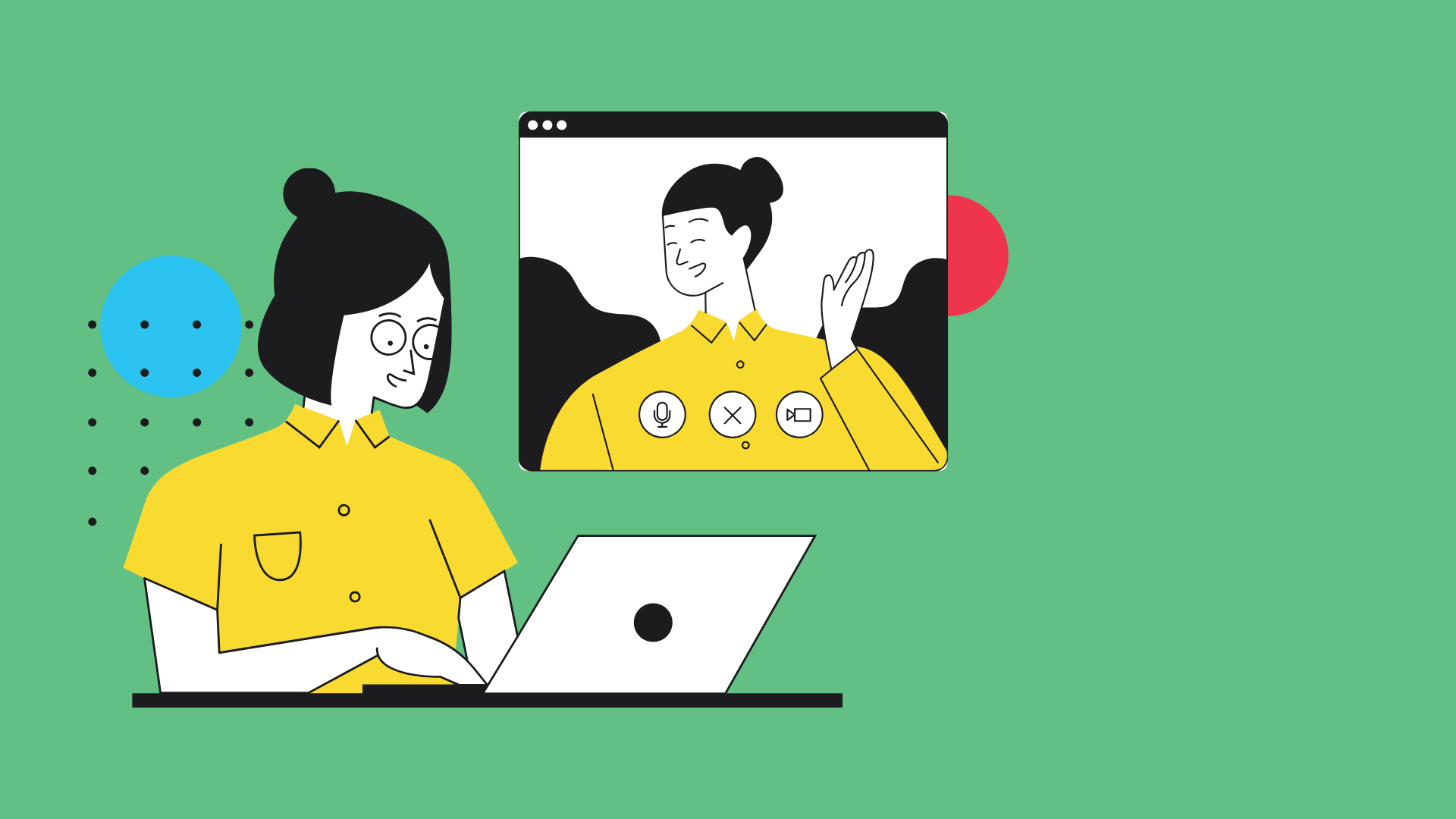In our always-on/always-connected environment, between work and family, texts and emails, new demands and ongoing change, most of us are feeling like our brains are full. And yet the constant stream keeps coming. It may seem unrealistic to hit the off switch, but we’re hoping to at least find a pause button.
This is one reason for the growing interest among business, HR and talent leaders in mindfulness and deep thinking, practices that just a few years ago would have seemed completely at odds with what it takes to be successful in business.
But whether you’re responsible for helping others develop and grow, managing people and projects, or just managing yourself, it’s easy to see how the distractions of the modern world are taking a toll, not just on performance, productivity and morale but also on people’s health and well being.
How can our businesses continue to thrive if we aren’t able to put our best thinking to work?
In fact, mindfulness is being aware of what's going on in your brain. This is far different than being "mind-full"—letting your brain get so full that you feel overwhelmed by information.
Here are three strategies anyone can apply to increase mindfulness and become more productive as a result.
1. Understand your thinking preferences
All of us have thinking preferences that help us—and sometimes hinder us—in our productivity. I have natural preferences in the area of research and analysis as well as thinking about the big picture and exploring new ideas. I have lesser preferences for dealing with details and getting organized.
I work hard to not let my desire to research and explore get in the way of actually getting a project done. This takes intentional effort, but becoming aware of your preferences is the first step in getting more deliberate about how you apply your thinking.
2. Get out of your own way by removing distractions
The goal is to manage your thinking processes rather than letting them manage you. We create obstacles to this by getting lost in multi-tasking: responding to a text while trying to have a conversation with somebody sitting in front of us, or checking email and browsing the web during a meeting.
Recently, I was talking to someone and heard an alert from my computer that I'd just received a new email. At that point my eyes ever so furtively glanced at the screen, read the subject line of that email and missed three or four sentences of what the other person said—the most important sentences in our conversation. I had to sheepishly ask that person to repeat them.
We know that the brain is not a parallel processor. In other words, it can only do one thing at a time well. To be more mindful and more productive, shut down the sources of distraction. If necessary, write down any thoughts that nag at you so that they no longer tug at your attention.
3. Warm up for a deep dive
Finally, when you have a certain type of thinking to do, give yourself permission to do a deep dive. This includes warming up to the task and allowing time for your brain to function at full capacity.
For example, our ability to move between analytical and empathic thinking is limited. We can do both. But if we try to do them both at the same time, our efforts will cancel each other out.
So if you're doing a task that requires you to be in tune with another person's feelings, then prime your thinking. Recall an event that left you with positive emotions about another person. This helps you to engage in a deep way with someone else.
If you want to a deep dive into a task that requires analytical thinking, then make sure you have what you need. Get your brain into that mode by looking at data. Shut down Facebook. Get focused. Block time on your calendar to get the thinking done.
What strategies are you using to help take control of your thinking rather than letting it control you?












